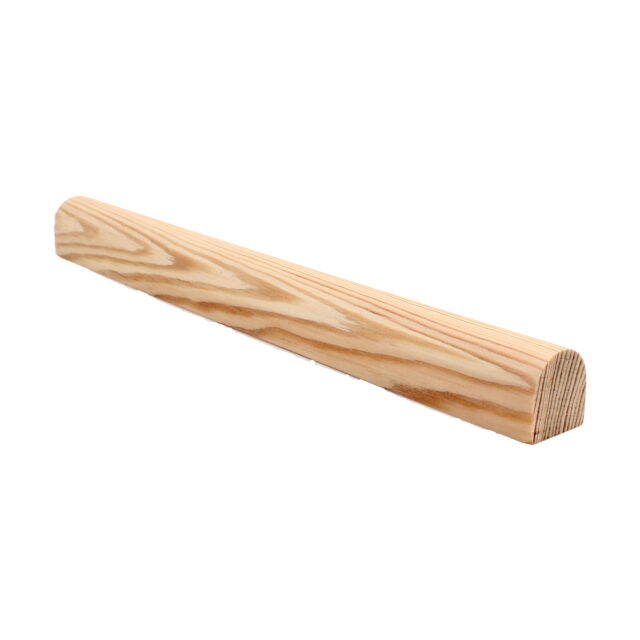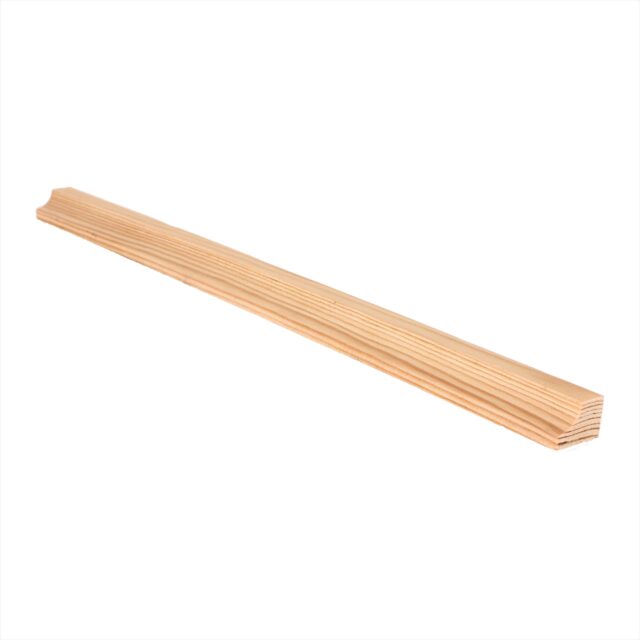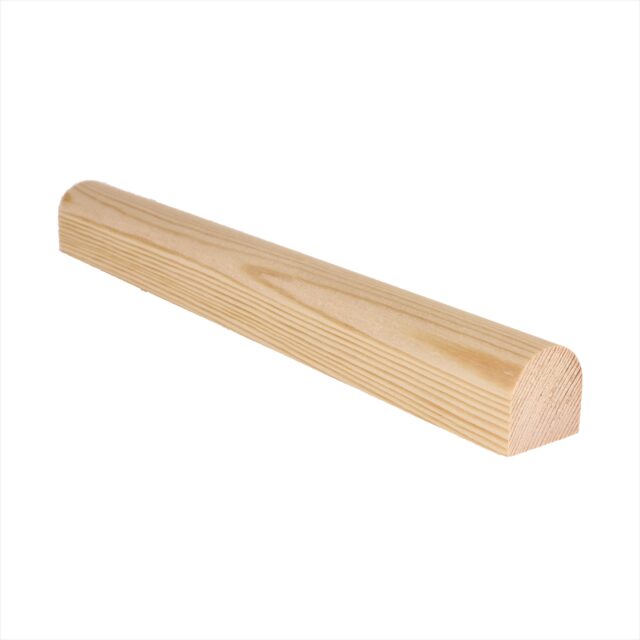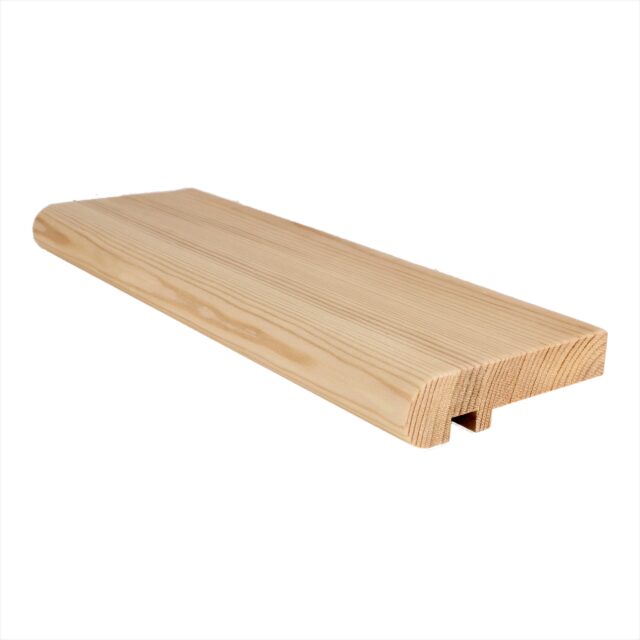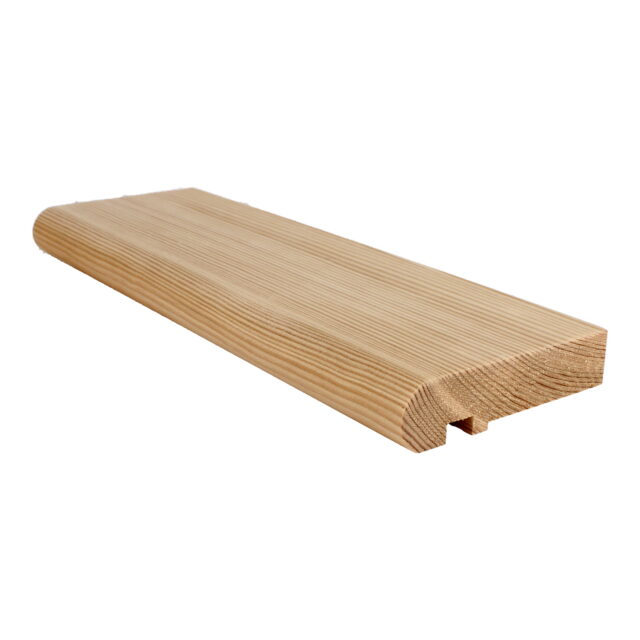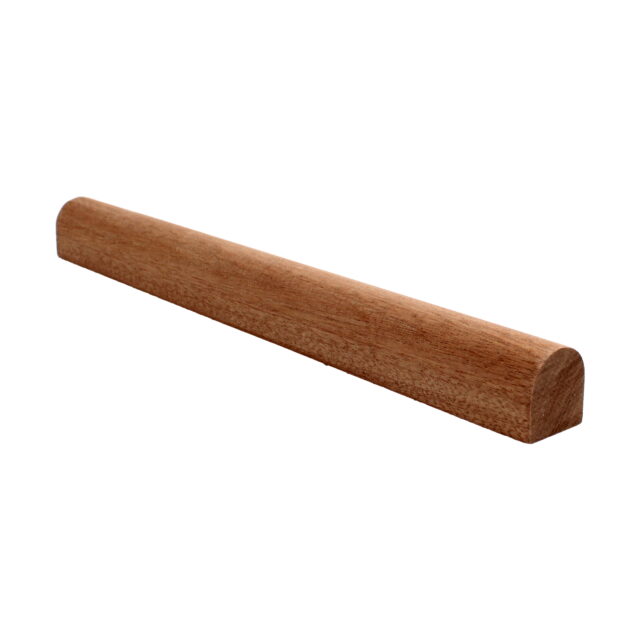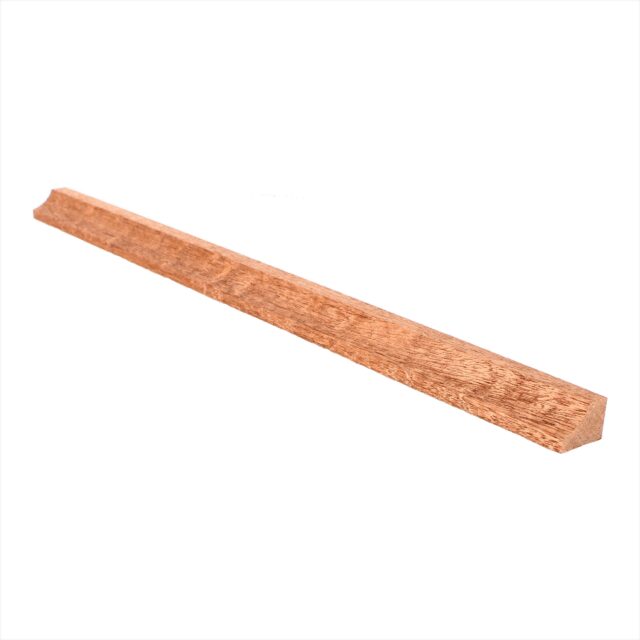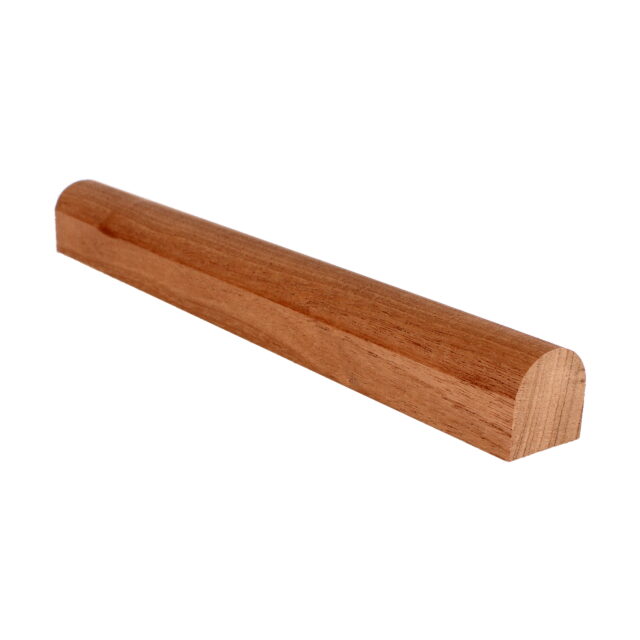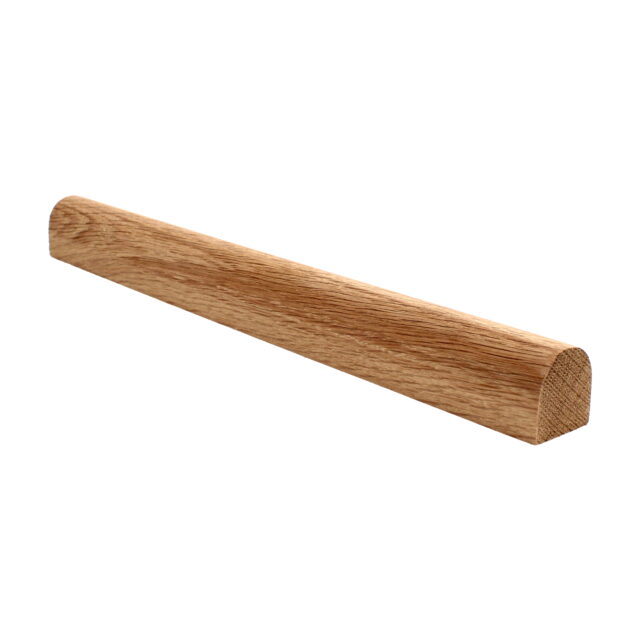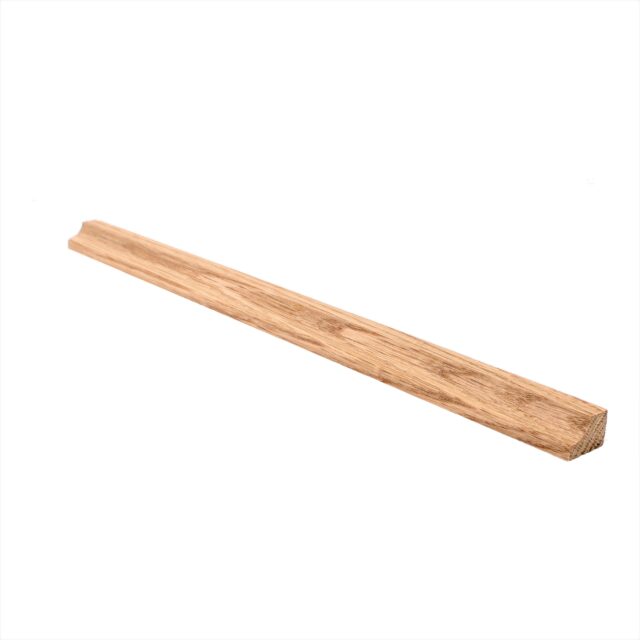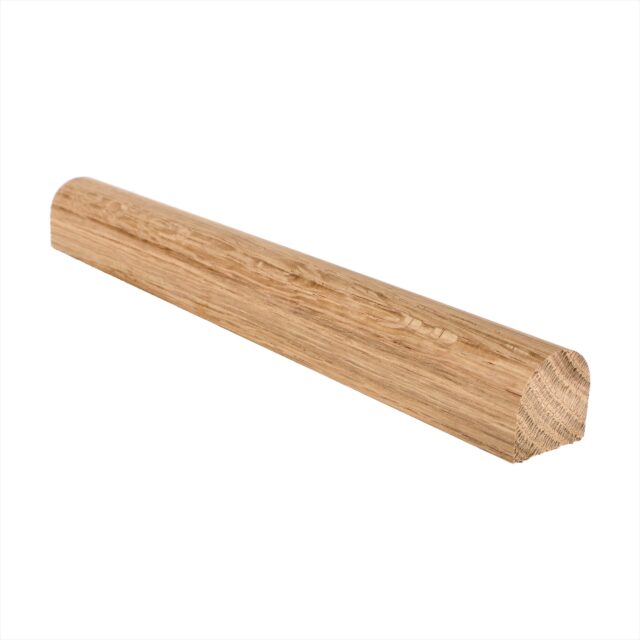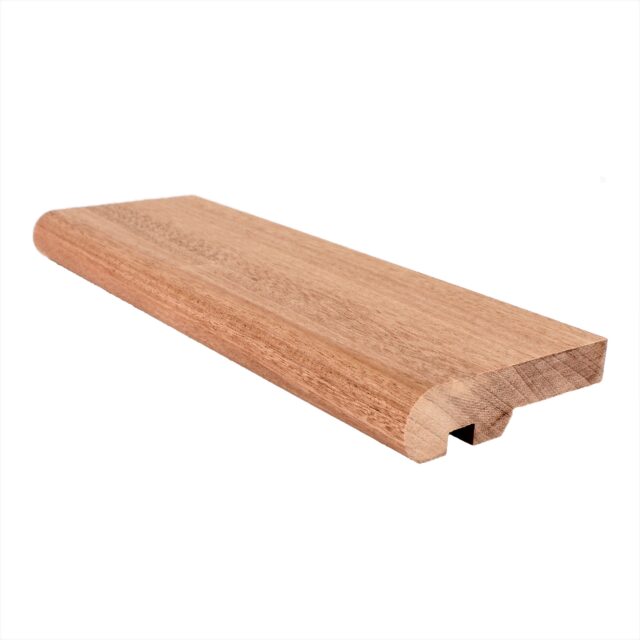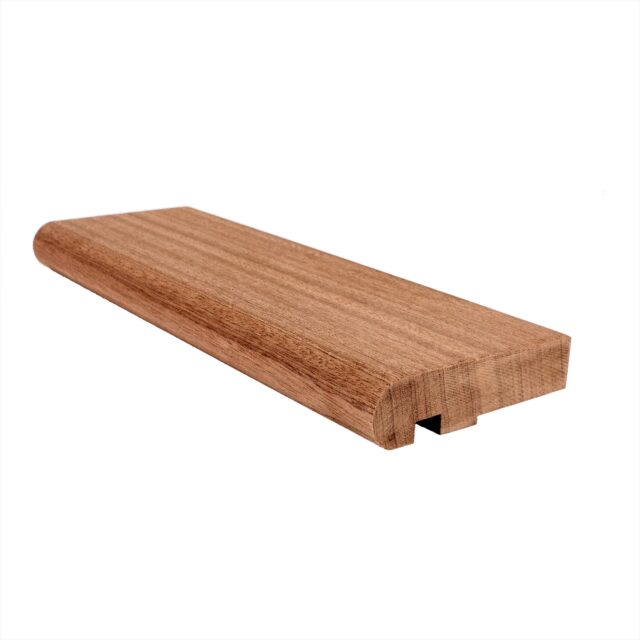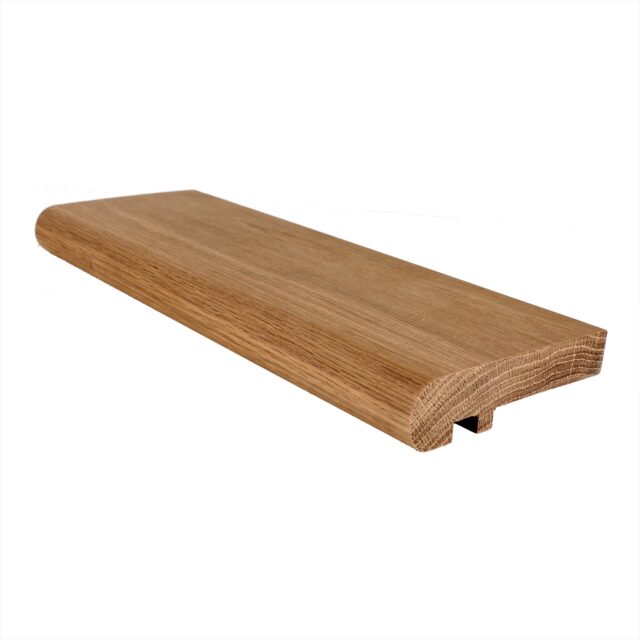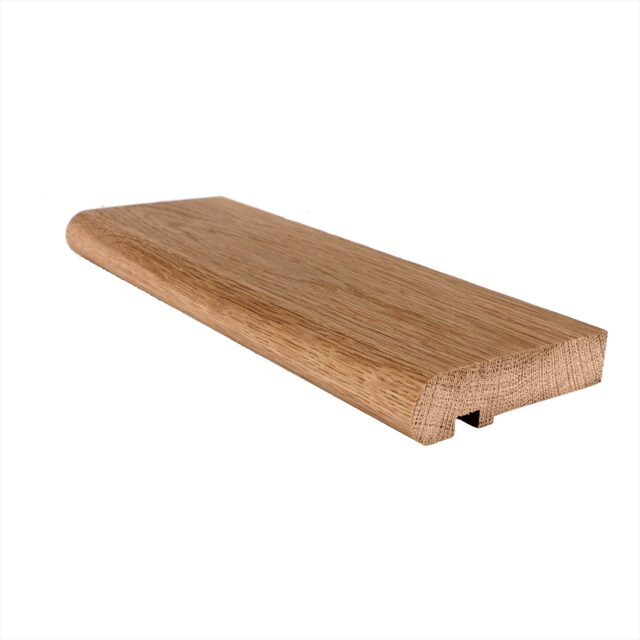Mouldings
Showing all 15 results
-
Sale!
Pine-27mm-Side Nosings-per foot
Original price was: £1.50.£1.20Current price is: £1.20. -
Sale!
Pine-Scotia Moulding-per foot
Original price was: £1.50.£1.20Current price is: £1.20. -
Sale!
Pine-32mm-Side Nosings-per foot
Original price was: £2.00.£1.60Current price is: £1.60. -
Sale!
Pine-18mm-Landing Nosing-per foot
Original price was: £2.75.£2.20Current price is: £2.20. -
Sale!
Pine-22mm-Landing Nosing-per foot
Original price was: £2.75.£2.20Current price is: £2.20. -
Sale!
Mahogany-27mm-Side Nosings-per foot
Original price was: £4.00.£3.20Current price is: £3.20. -
Sale!
Mahogany-Scotia Moulding-per foot
Original price was: £4.00.£3.20Current price is: £3.20. -
Sale!
Mahogany-32mm-Side Nosings-per foot
Original price was: £4.50.£3.60Current price is: £3.60. -
Sale!
A/W Oak-27mm-Side Nosings-per foot
Original price was: £6.00.£4.80Current price is: £4.80. -
Sale!
A/W Oak-Scotia Moulding-per foot
Original price was: £6.00.£4.80Current price is: £4.80. -
Sale!
A/W Oak-32mm-Side Nosings-per foot
Original price was: £6.50.£5.20Current price is: £5.20. -
Sale!
Mahogany-18mm-Landing Nosing-per foot
Original price was: £7.50.£6.00Current price is: £6.00. -
Sale!
Mahogany-22mm-Landing Nosing-per foot
Original price was: £7.50.£6.00Current price is: £6.00. -
Sale!
A/W Oak-18mm-Landing Nosing-per foot
Original price was: £10.00.£8.00Current price is: £8.00. -
Sale!
A/W Oak-22mm-Landing Nosing-per foot
Original price was: £10.00.£8.00Current price is: £8.00.
Mouldings
Timber mouldings are a quintessential component in the realm of carpentry and interior design, offering both functional and aesthetic solutions to a myriad of design challenges. In the United Kingdom, where tradition and modernity blend seamlessly, timber mouldings have evolved to become a staple in both residential and commercial properties. This product category description delves into the various aspects of timber mouldings, underscoring their significance, variety, applications, maintenance, and sustainability.
Variety and Styles
Timber mouldings come in an extensive array of styles, each serving distinct decorative and practical purposes. The most common types include skirting boards, which run along the base of walls; architraves, framing doors and windows; dado rails, traditionally placed at waist height to protect walls from furniture scuffs; and cornices or crown mouldings, which add a decorative touch to the area where walls meet ceilings. Each style comes in various profiles, from the classic ogee and torus to the more intricate egg and dart or bead and reel designs, accommodating a diverse range of aesthetic preferences.
Material Quality and Selection
The choice of timber is critical in determining both the appearance and longevity of the mouldings. Hardwoods like oak, ash, and walnut are renowned for their durability and rich textures, making them ideal for high-traffic areas and statement pieces. Softwoods such as pine and spruce offer a more cost-effective solution while still providing versatility and ease of installation. The quality of timber also influences its ability to be shaped, stained, or painted, allowing for further customization to match any interior design theme.
Applications and Uses
Timber mouldings are incredibly versatile, finding their place in various settings. In historical renovations, they are indispensable in restoring and preserving the authenticity of period properties. In contemporary designs, mouldings can be used to add warmth and character or to create clean, minimalistic lines. They are not only limited to walls and ceilings but are also used in cabinetry, furniture, and even in bespoke frames, highlighting the adaptability of timber as a material.
Installation and Maintenance
The installation of timber mouldings requires precision and attention to detail, often necessitated by the intricate designs and the need for seamless joints. Professionals typically handle this task, though DIY enthusiasts can also undertake it with the right tools and guidance. Maintenance-wise, timber mouldings require minimal upkeep. Regular dusting and occasional polishing or repainting can keep them looking pristine for years. However, it’s crucial to address any signs of wear or damage promptly to maintain their structural integrity and appearance.
Sustainability and Environmental Impact
In recent years, there has been a heightened awareness of the environmental impact of timber sourcing. Ethically sourced, sustainable timber is increasingly sought after in the UK, with certifications like FSC (Forest Stewardship Council) and PEFC (Programme for the Endorsement of Forest Certification) ensuring that the wood comes from responsibly managed forests. This commitment to sustainability not only helps in preserving the environment but also assures consumers of the ethical origins of their chosen mouldings.
Timber mouldings are more than just decorative elements; they are a testament to craftsmanship, tradition, and the evolving relationship between functional and aesthetic elements in architectural design. Whether restoring a historic property or crafting a modern living space, timber mouldings offer an unrivalled blend of style, versatility, and durability, making them an indispensable component in the world of interior design and architecture.

